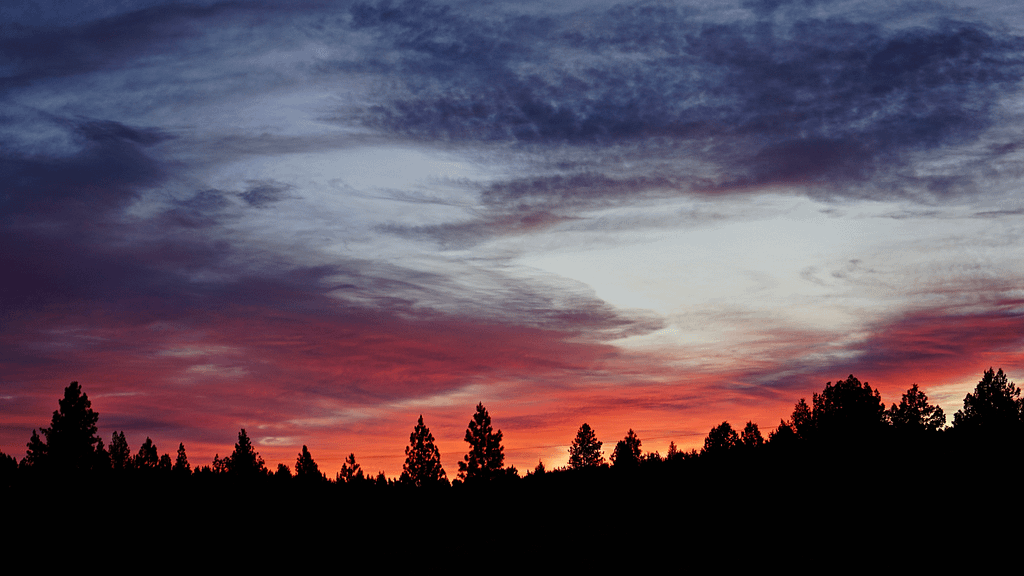Deep in the heart of Northern California, Klamath National Forest is a breathtaking expanse of natural beauty and ecological diversity. This sprawling forest covers over 1.7 million acres, offering a sanctuary for a wide array of flora and fauna. With its rich history, diverse ecosystems, and abundant recreational opportunities, Klamath National Forest is a haven for nature enthusiasts and adventurers alike. In this blog post, we’ll take a closer look at what makes this forest so unique and explore the wonders it has to offer.
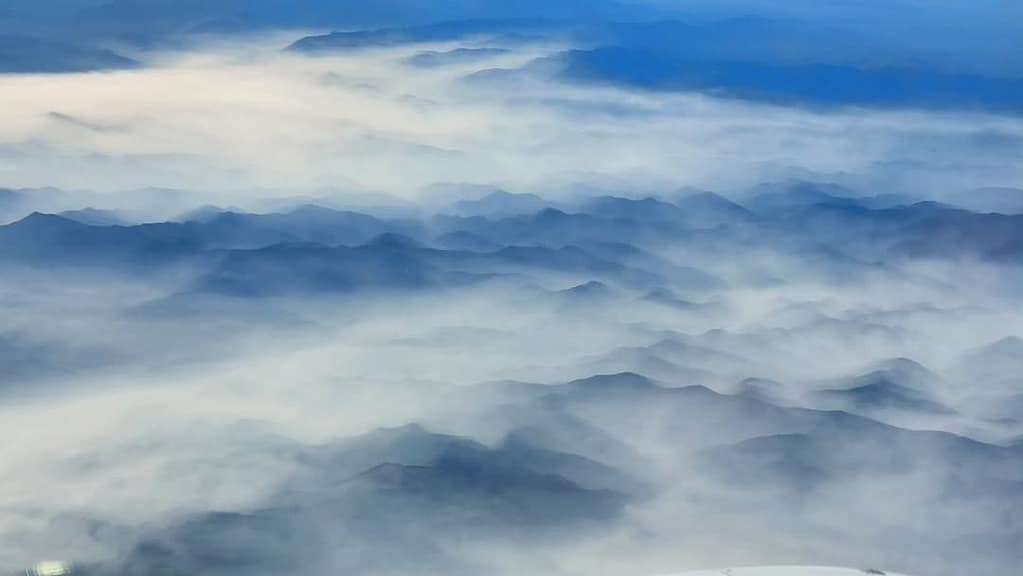
Origin and History of the Forest
Klamath National Forest’s origins date back to the late 19th century. The region’s lush landscapes caught the attention of conservationists and pioneers alike. In 1905, President Theodore Roosevelt established the forest as a protected area, recognizing the need to preserve its unique ecosystems. This decision marked the beginning of a journey to safeguard the forest’s natural resources for future generations.
The forest is named after the Klamath River, which runs through its vast expanse, providing a lifeline for the region’s biodiversity. The river and its surrounding areas have been home to Indigenous peoples for thousands of years, including the Karuk, Yurok, and Hoopa tribes. These communities have a deep connection to the land and have played a crucial role in the area’s cultural heritage.
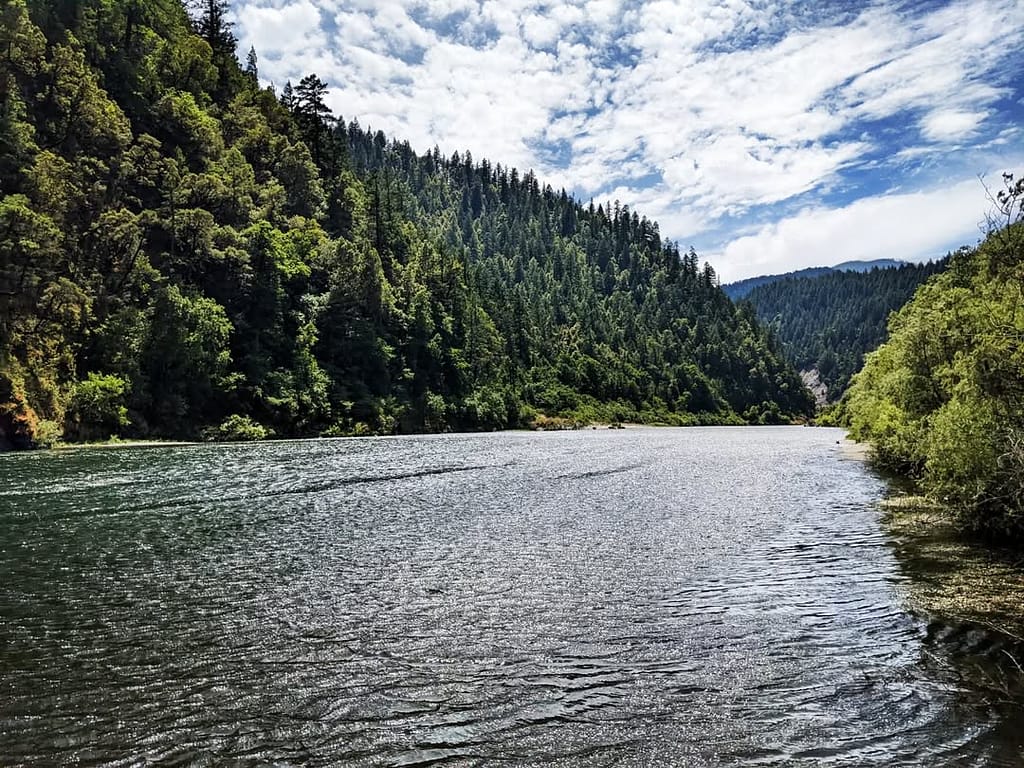
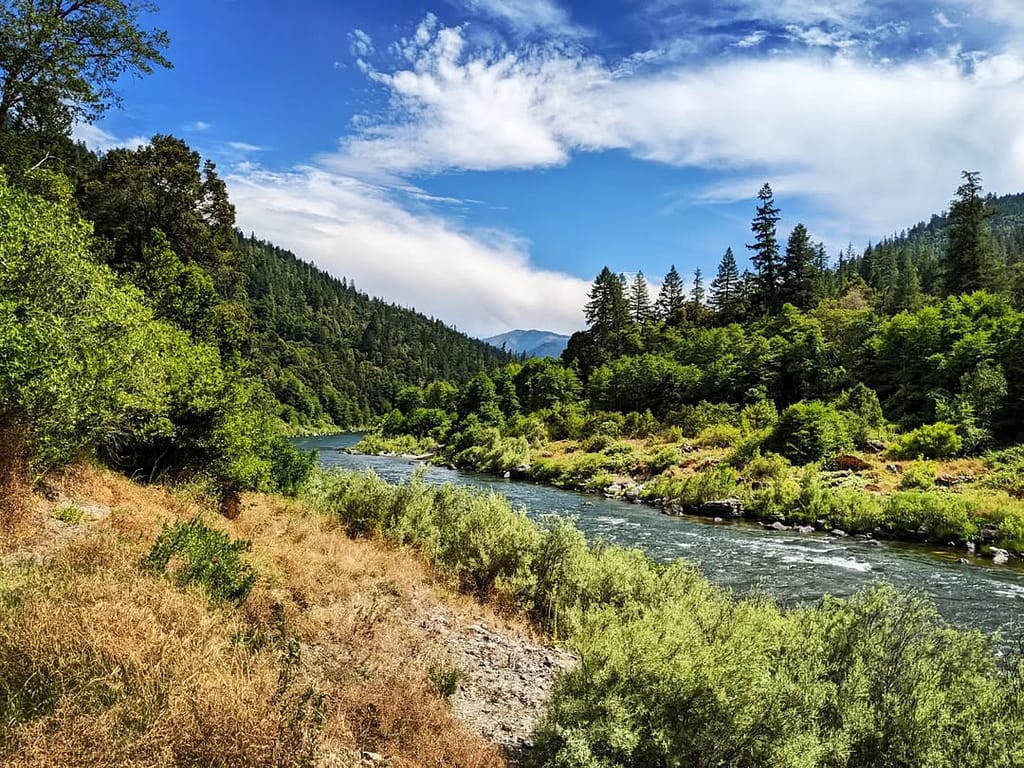
Over the years, Klamath National Forest has faced challenges such as logging, mining, and wildfires. However, the forest has remained resilient, thanks in part to conservation efforts and sustainable management practices. Today, it stands as a testament to the power of preservation and the importance of maintaining natural habitats.
Types of Trees in the Forest
Klamath National Forest is home to a remarkable variety of tree species. This diversity is due in large part to the forest’s varied elevations and climates. Here are some of the most notable trees you can find within its boundaries:
Douglas Fir: Known for its towering height and strong wood, the Douglas fir is one of the most common trees in the forest. It provides critical habitat for many species and plays a significant role in the forest’s ecology.
Ponderosa Pine: This iconic tree is easily recognizable by its long needles and orange-brown bark. Ponderosa pines thrive in the forest’s dry, open areas and contribute to the scenic landscape.
Incense Cedar: With its fragrant wood and striking appearance, the incense cedar is a favorite among visitors. These trees are often found in the forest’s higher elevations, adding to the region’s diversity.
Sugar Pine: Known for its massive cones, the sugar pine is the tallest and most majestic of the pine species. It grows in mixed-conifer forests and supports various wildlife species.
White Fir: This evergreen tree is common in the forest’s cooler, higher regions. Its dense foliage provides shelter for many animals and adds to the forest’s lush appearance.
Wildlife Habitats in the Forest
Klamath National Forest is a vital refuge for an impressive array of wildlife species. The forest’s diverse habitats support everything from large mammals to tiny insects, making it a biodiversity hotspot. Here are some of the key wildlife habitats found in the forest:
Riparian Zones: These areas along rivers and streams provide crucial habitat for fish, amphibians, and birds. The presence of water creates a lush environment that supports a wide range of species, including salmon, otters, and great blue herons.
Montane Forests: These forested areas offer a cool, moist environment that is ideal for many mammals and birds. Species such as black bears, mountain lions, and spotted owls find shelter and sustenance here.
Meadows and Grasslands: Open meadows provide essential feeding grounds for herbivores like deer and elk. These areas also attract pollinators such as butterflies and bees, which play a vital role in maintaining the forest’s ecological balance.
Alpine Zones: At the highest elevations, alpine habitats host unique species adapted to harsh conditions. Pikas, marmots, and a variety of alpine plants thrive in these challenging environments.
Wilderness Areas
Klamath National Forest encompasses several designated wilderness areas, each offering its own unique characteristics and opportunities for exploration. Here are some of the most notable wilderness areas within the forest:
Marble Mountain Wilderness: This picturesque area is known for its rugged peaks, glacial lakes, and stunning vistas. It’s a popular destination for hiking, fishing, and backpacking, offering a chance to experience the forest’s natural beauty up close.

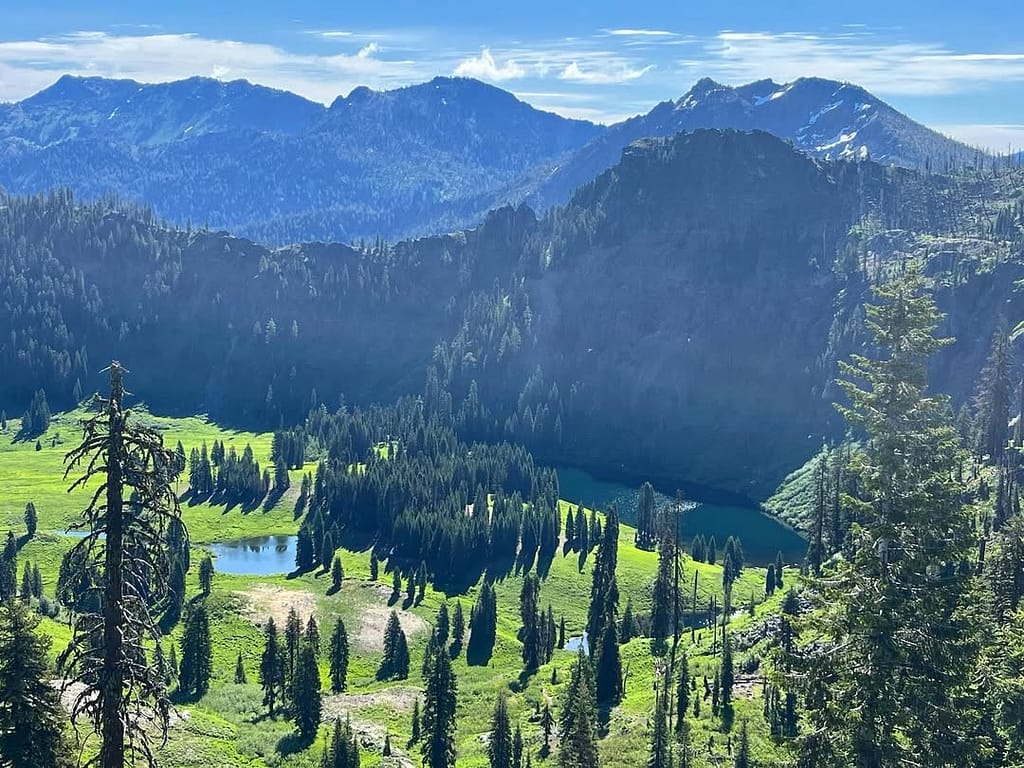
Russian Wilderness: Home to diverse plant life, including rare and endemic species, the Russian Wilderness is a botanical treasure. Its challenging terrain and remote location make it a favorite among experienced hikers and nature enthusiasts.
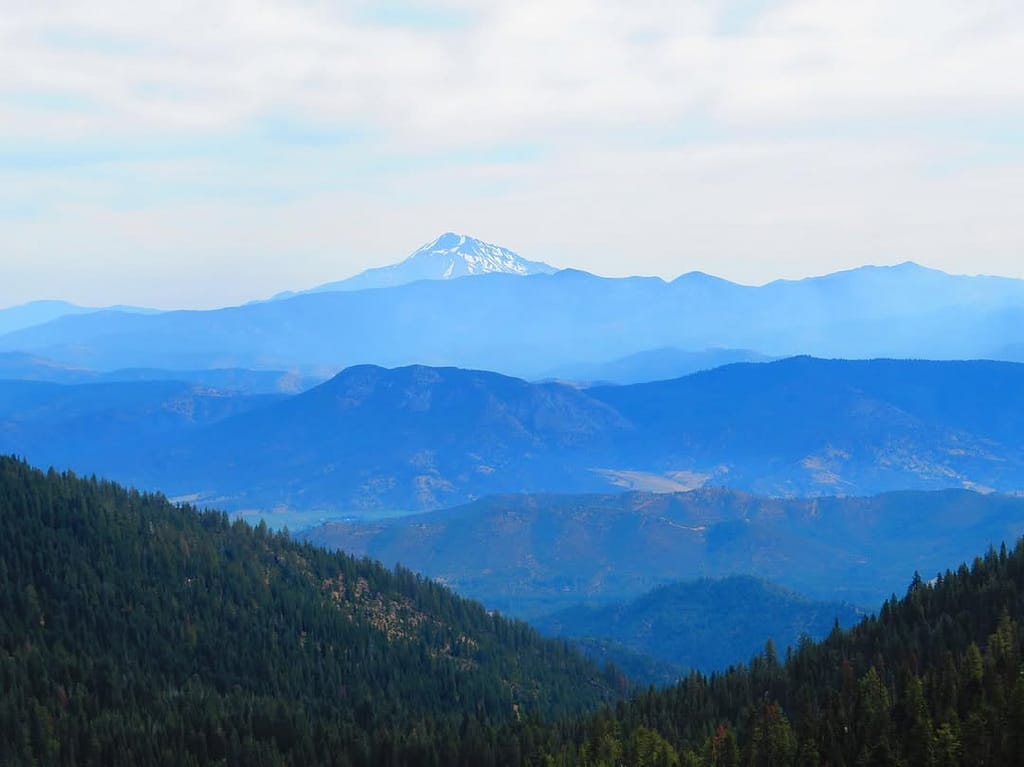
Trinity Alps Wilderness: Though shared with neighboring national forests, the Trinity Alps Wilderness is a gem worth mentioning. Its dramatic granite peaks and pristine lakes provide a stunning backdrop for outdoor adventures and wildlife viewing.
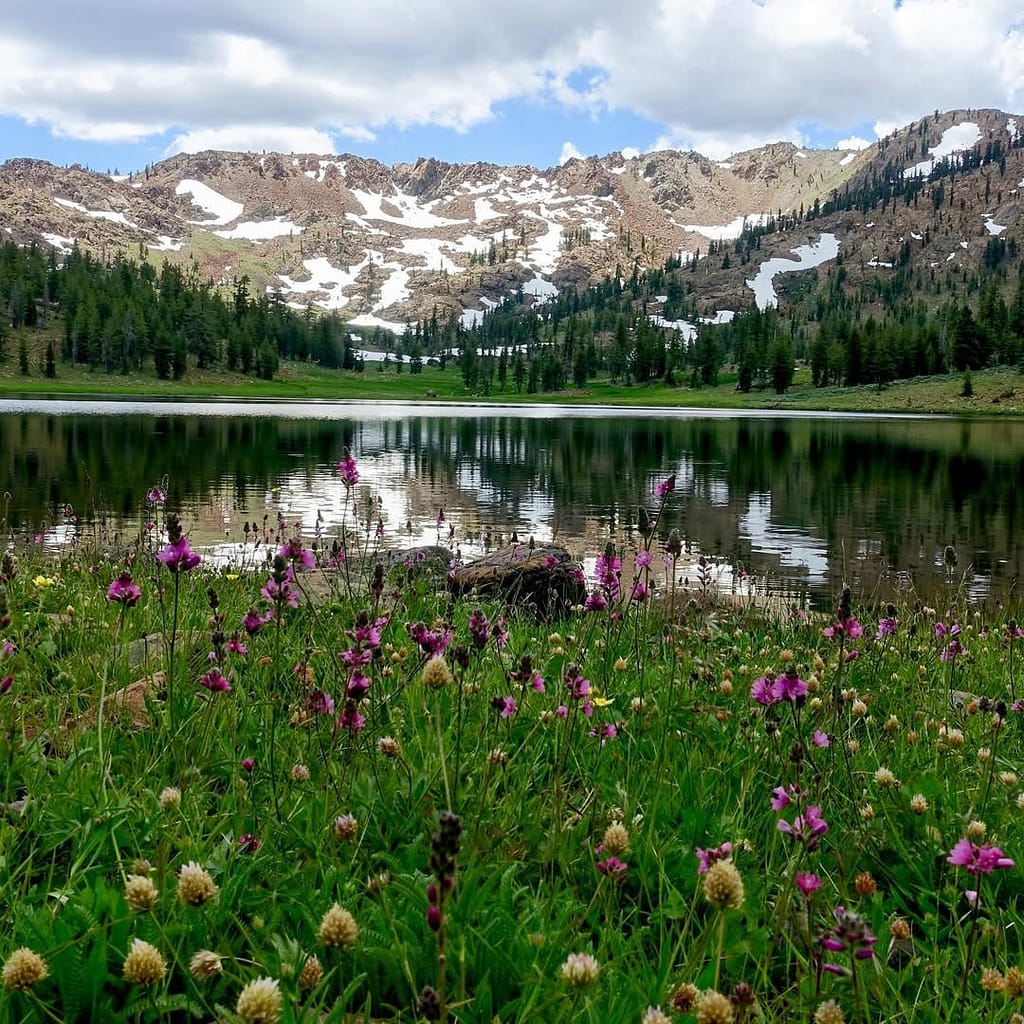
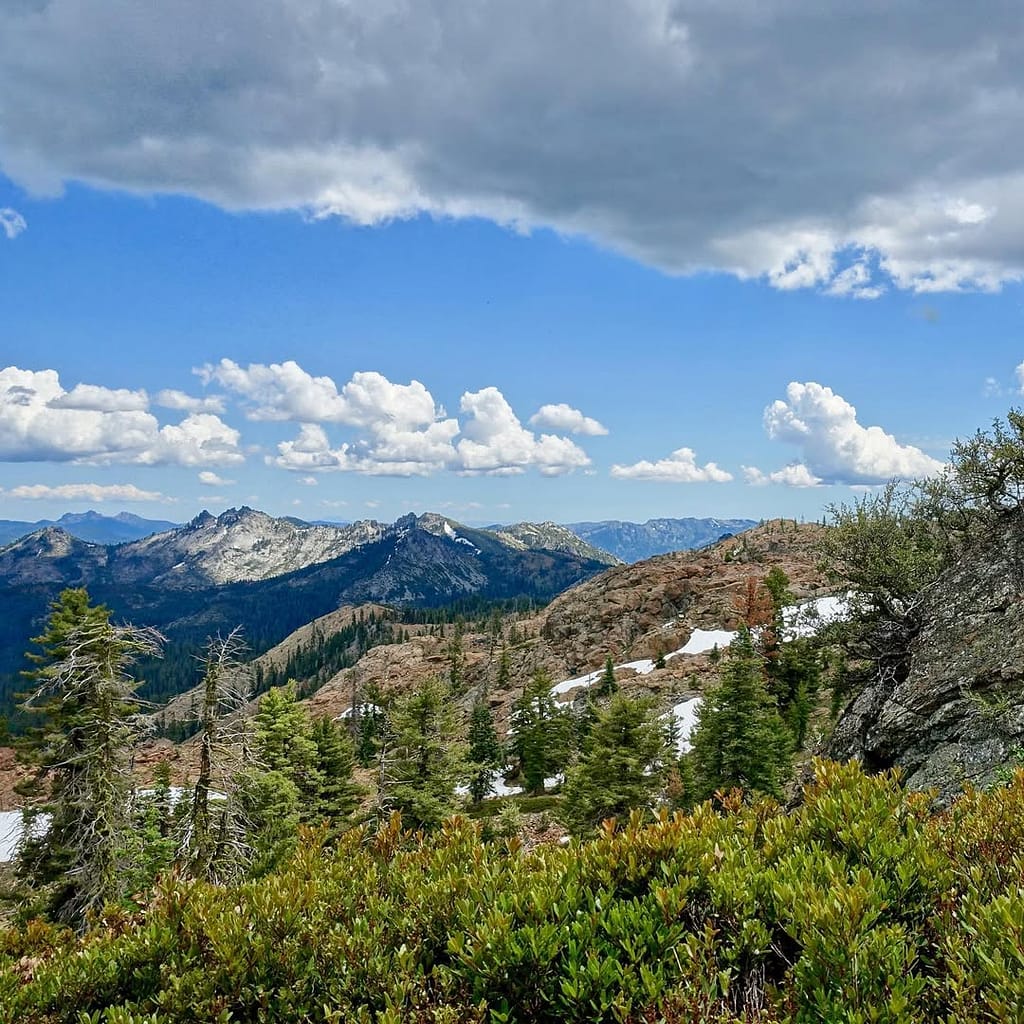
Siskiyou Wilderness: This remote wilderness area is characterized by its dense forests and rugged landscapes. It’s a haven for solitude seekers and offers a chance to explore some of the forest’s less-traveled paths.
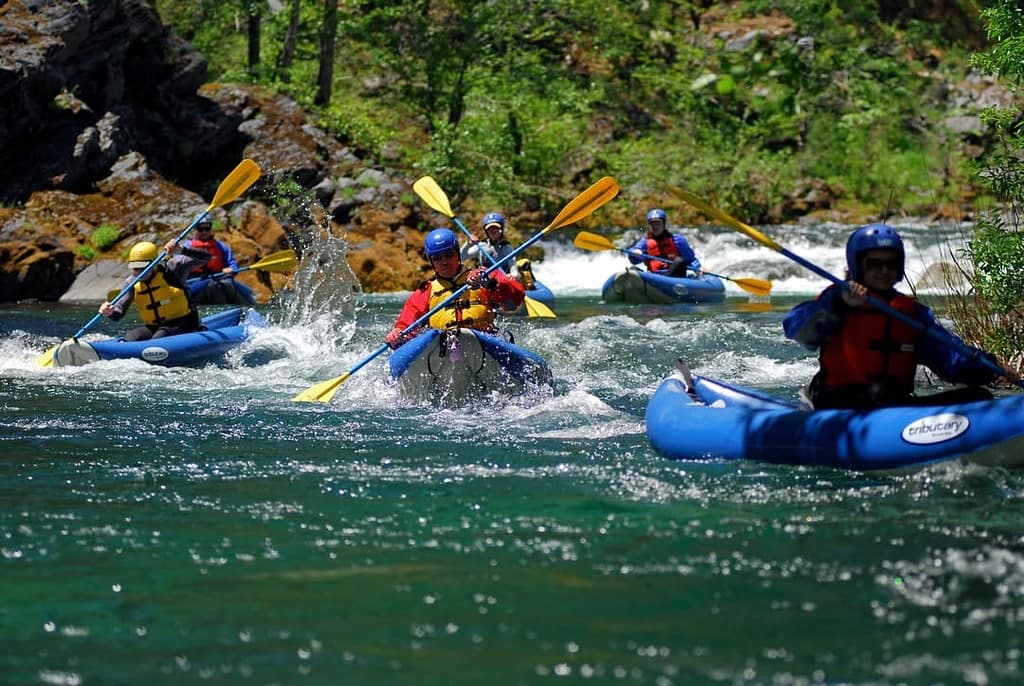
Outdoor Recreation Opportunities
Klamath National Forest offers a wealth of recreational activities for visitors of all interests and skill levels. Whether you’re seeking adventure or relaxation, the forest has something to offer. Here are some popular outdoor activities you can enjoy:
Hiking and Backpacking: With hundreds of miles of trails, Klamath National Forest is a hiker’s paradise. From easy day hikes to challenging multi-day treks, there’s a trail for everyone to enjoy. Some popular routes include the Pacific Crest Trail and the Marble Mountain Loop.

Fishing: Anglers will find plenty of opportunities to cast their lines in the forest’s rivers, lakes, and streams. The Klamath River is renowned for its salmon and steelhead runs, while high-altitude lakes offer a chance to catch trout in pristine settings.
Camping: The forest is dotted with campgrounds that range from primitive sites to developed areas with amenities. Camping is a great way to immerse yourself in the forest’s natural beauty and enjoy a night under the stars.

Wildlife Viewing: With its diverse habitats, Klamath National Forest is a prime location for wildlife watching. Keep your eyes peeled for black bears, bald eagles, and other fascinating creatures as you explore the forest.
Winter Sports: During the winter months, the forest transforms into a snowy wonderland perfect for snowshoeing, cross-country skiing, and snowmobiling. The forest’s elevation and varied terrain create ideal conditions for winter recreation.
Impact on Surrounding Communities
Klamath National Forest plays a significant role in the lives of the surrounding communities. It provides economic benefits through tourism, recreation, and sustainable resource management. Local businesses, such as outfitters and lodges, thrive thanks to the forest’s visitors. The forest also contributes to the area’s cultural heritage, serving as a backdrop for traditional practices and ceremonies of Indigenous communities.
Furthermore, the forest’s conservation efforts help maintain the region’s ecological balance and protect vital water resources. By preserving its natural beauty and biodiversity, Klamath National Forest ensures that future generations can continue to enjoy its wonders.In conclusion, Klamath National Forest is a treasured landscape that offers endless opportunities for exploration and appreciation. Whether you’re drawn to its rich history, diverse ecosystems, or recreational possibilities, there’s no denying the forest’s enduring appeal. So pack your bags, lace up your hiking boots, and set out to discover the magic of Klamath National Forest.
Relevant Links
Official Website of Klamath National Forest: The official site provides detailed information about the forest, including maps, regulations, and visitor guidelines.
National Forest Foundation: This nonprofit organization supports the conservation and restoration of America’s national forests, including Klamath National Forest.
Visit California: Explore travel tips and discover more about California’s natural wonders, including Klamath National Forest.
AllTrails: Find detailed trail maps and reviews for hikes in Klamath National Forest.
Photographer Credits
We appreciate the brilliant photographers who bring Klamath National Forest to us! Your stunning photos bring its towering pines, rushing rivers, and rugged landscapes to life. We appreciate your talent and dedication in sharing nature’s wonders. Follow their adventures on Instagram and witness the magic through their lens!
- Above the clouds – Valley Forge
- Klamath River photos – Andy Smyth
- Marble Mountain Wilderness + Campground photos – Jason Mandly
- Russian Wilderness – Mike Lemieux
- Trinity Alps Wilderness – Scott Harding
- Clear Creek – Momentum Rafting
- Hiker photo – Valley Forge
